Exhibition dates: 25th March – 28th August, 2022
Curators: Ludger Derenthal, Head of the Photography Collection of the Kunstbibliothek, and Ralph Goertz, IKS – Institut für Kun-stdokumentation
A special exhibition of the Kunstbibliothek – Staatliche Museen zu Berlin and the IKS – Institut für Kunstdokumentation
Candida Höfer (German, b. 1944)
Liverpool IIA
1968
Gelatin silver print
35.5 x 35.5cm
Twist of life
I am always fascinated by the journey that artists travel with their practice: where, when and why they started (what was their jumping off point, or point of departure): what were their concerns when they first started making art, what was the path they took, and how did they are arrive at their mature style.
With its blend of old and new – historical photographs by other artists that relate to the German artist Candida Höfer’s mature practice, and photographs from zoological gardens and hitherto little-known series from Höfer’s early work (such as photographs from her Liverpool series) that are archaeological evidence on the path to her current photographs – this intelligently curated and beautifully displayed exhibition investigates the narrative trajectory of discovery that any artist worth their salt takes during the development of their practice.
In Höfer’s art, her earliest photographs are classic black and white socio-documentary, urban landscape images that seek to map out the relationship between human and city, the topographical lay of the land if you like. For example, Höfer’s intensely personal views of Liverpool are full of fractures and half-seen occurrences in the urban landscape, observed with swift assurance by an inquiring mind, caught on the run. A woman peers in the window of a shop (Liverpool IIA, 1968 above), people queue to board a bus (Liverpool VII, 1968 below), men chat in a dingy bar (Liverpool VI, 1968 below), and a man is caught mid-stride legging it across the road while others what not so patiently at a bus stop (Liverpool XXII, 1968 below). Moving closer to the same bus stop (the same buildings in the background), Höfer captures a man standing looking for his bus in the middle of the street oblivious of the photographer (Liverpool III, 1968 below). This documentation of a fractured society continues in her series Türken in Deutschland (Turks in Germany)(1972-1979).
“Images of Turks at work or leisure in the parks, homes, markets, shops, and bars of 1970s West German cities populate Candida Höfer’s large, multiformat series entitled Türken in Deutschland (Turks in Germany, 1972-79). Höfer’s interactions with minority subjects in these images – by turns genial, jarring, and solemn – illuminate the complicated social and cultural milieu of 1970s West Germany… in Türken in Deutschland, Höfer explores the presence of Turkish migrants in 1970s Germany and how that presence was alternately erased and revealed in relationships with the dominant German culture…
Höfer’s Türken in Deutschland defies neat categorization: the images do not gawk at squalid living conditions or exotic cultural practices, or even feature dramatic expressions of emotion that might make particular images appear to symbolize larger issues. Instead, they express the frankness and intimacy of family snapshots, as well as an interest in new aesthetic mediums of the postwar avant-garde.”1
While both bodies of work predate Höfer’s “participation in Bernd and Hilla Becher’s groundbreaking photography course at the Kunstakademie”2, Türken in Deutschland by four years, there are already hints of her later mature style in photographs such as Kino Weidengasse Köln I (1977, below) with its cool frontality and observational, emotional reticence. But what Höfer’s early work possesses – and what I like so much and what has been lost in her mature practice – is that subtle, ironic, twist of life, twist of the knife (point of view) in which the artist focuses on the story and experiences of people living their life in the city.
Höfer is justly famous for her impartial, immaculate and still, large-scale interior views of architectural buildings – the artist frequently focusing “on places that preserve and order knowledge and culture… interested in how humans influence architecture through their culture,” working with light and space to capture the atmosphere and aura of a space through a “consistently calm and questioning archival gaze” – but what happened to the people in these people-less places, what happened to the sideways glance at life that initially inspired the artist, that propelled her forward into the world, that now no longer exists in the cold void of the building. Do I feel the aura of the space as the artist wishes, or do I miss the rupture, the wound, the punctum of dis/order that is the essence of fragmented memory, the essentialness of pattern/randomness.
Dr Marcus Bunyan
1/ Amy A. DaPonte. “Candida Höfer’s Türken in Deutschland as “Counter-publicity”,” in Art Journal 75, no. 4 (Winter 2016) published online January 6, 2017 [Online] Cited 10/07/2022
2/ “In fact, Bernd Becher invited Höfer to join his course after seeing the Türken in Deutschland slide show at the spring 1976 student exhibition at the Kunstakademie. The common desire of scholars to see this project as a slavish pursuit of the Bechers’ methods is clear in Astrid Ihle’s writings. Ihle describes black-and-white prints from the Türken in Deutschland series as primarily occupied with photographing “the order of things” – that is, with the “detached, cool view of an ethnologist” that defines the Bechers’ photographic “objectivity.” Ihle thus bends history to make a cohesive set of pictures taken in 1974, 1975, and 1976 examples of a method Höfer would encounter after starting the Bechers’ first photography course in fall 1976. Ihle, “Photography as Contemporary Document: Comments on the Conceptions of the Documentary in Germany after 1945,” in Art of Two Germanys: Cold War Cultures, ed. Stephanie Barron and Sabine Eckmann, exh. cat. (New York: Abrams, 2009), 186-205.”
Footnote 7 in Amy A. DaPonte. “Candida Höfer’s Türken in Deutschland as “Counter-publicity”,” in Art Journal 75, no. 4 (Winter 2016) published online January 6, 2017 [Online] Cited 10/07/2022
Many thankx to the Museum für Fotografie for allowing me to publish the photographs in the posting. Please click on the photographs for a larger version of the image.
Candida Höfer explores built spaces in her photography. Her world-famous interiors focus on libraries, museums, restaurants, theatres, and other public spaces, allowing us to experience architecture in a new way. In comparison with photographic interiors from the Kunst-bibliothek’s Photography Collection, which is over 150 years old, a dialogue develops between applied photography and artistic work.
With approximately 90 works, the exhibition at Berlin’s Museum für Fotografie opens up a broad cross-section of Candida Höfer’s photographs from 1980 to the immediate present. The long tradition of her architectural photographs, however, also extends deep into the classical canon of this field of work. In dialogue with pendants and counter-images from the Kunstbibliothek’s Photography Collection, Höfer’s particular approach to her pictorial motifs is revealed in a particularly impressive way.
Communicative function of constructed spaces
Spaces with communicative functions are paradoxically shown without the people frequenting them: Candida Höfer demonstrates the qualities or deficiencies of the spaces that enable human exchange in terms of the architecture itself, in terms of the atmosphere she specifically captures in each case, in terms of the perspective and the framing she chooses. She does not focus on the thematic groups serially; the respective locations determine the image format as well as the size of the prints. Yet the compilation of the groups offers a variety of possibilities for comparison that impressively confirm the photographer’s longstanding and sustained interest in the specific locations.
Images in dialogue
Some thematic groups exemplify the visually stimulating dialogue of the images: Facades, windows and doors open and close the view into or out of rooms. The dialogue between the pictures unfolds in a particularly attractive way in the photographs of Berlin’s Museumsinsel. While the razor-sharp, large-format contact prints by the Königlich Preußische Messbildanstalt still show the monumental staircase with Wilhelm von Kaulbach’s frescoes, Ryuji Miyamoto in 2000 captures the transitory state of the still ruinous building before the start of interior construction, and Candida Höfer in 2009 shows its completion.
Previously unpublished are Höfer’s colour photographs from her Liverpool series of 1968, from which a thread of development can be drawn to her images of the guest rooms in cafés, hotels, spas, and waiting rooms after 1980. They are brought into conversation with the more journalistically conceived street scenes of Willy Römer and Bernard Larsson, Dirk Alvermann’s images of Spanish bar scenes from around 1960, and Helga Paris’s photographs of Berlin pubs from the mid-1970s from the Photography Collection.
The photographer Candida Höfer
Candida Höfer (b. 1944) has devoted herself ever more and more intensively to architectural photography since her studies with Bernd and Hilla Becher at the Düsseldorf Art Academy towards the end of the 1970s. She has concentrated on this important genre without, however, acting on behalf of architects and art historians as photographers of earlier generations did. She sees her work as artistic photography, and photographing interiors was self-determinedly chosen by her as her main field of activity. She herself set the framework for it: “I photograph in public and semi-public spaces from different eras. This are spaces that are accessible to everyone, places of encounter, communication, knowledge, relaxation, recreation. They are spas, hotels, waiting rooms, museums, libraries, universities, banks, churches and, since a few years, zoological gardens.”
Text from the Museum für Fotografie website Nd [Online] Cited 07/07/2022
Candida Höfer (German, b. 1944)
Liverpool XXII
1968
Gelatin silver print
35.5 x 35.5cm
Candida Höfer (German, b. 1944)
Liverpool III
1968
Gelatin silver print
35.5 x 35.5cm
Candida Höfer (German, b. 1944)
Liverpool VI
1968
Gelatin silver print
35.5 x 35.5cm
Candida Höfer (German, b. 1944)
Liverpool VII
1968
Gelatin silver print
35.5 x 35.5cm
Candida Höfer (German, b. 1944)
Liverpool VIII
1968
Gelatin silver print
35.5 x 35.5cm
Candida Höfer (German, b. 1944)
Liverpool XXVII
1968
Gelatin silver print
35.5 x 35.5cm
Candida Höfer (German, b. 1944)
Weidengasse Köln
1975
From the Türken in Deutschland (Turks in Germany) series (1972-1979)
Gelatin silver print
36.7 x 42.6cm
Candida Höfer (German, b. 1944)
Weidengasse Köln IV
1978
From the Türken in Deutschland (Turks in Germany) series (1972-1979)
Gelatin silver print
36.2 x 44.1cm
Candida Höfer (German, b. 1944)
Kino Weidengasse Köln I
1977
From the Türken in Deutschland (Turks in Germany) series (1972-1979)
Gelatin silver print
43.2 x 36.9cm
Installation view of the exhibition Image and Space. Candida Höfer in Dialogue with the Photography Collection of the Kunstbibliothek at the Museum für Fotografie, Berlin showing at left, Architectural Record Shoe shop, Milwaukee (c. 1910, below); showing at centre back, Candida Höfer’s Bolschoi Teatr Moskwa II (2017, below); at third right, Reiner Leist’s September 24, 1996 (1996, below); and at second right, Florence Henri’s Parisian Window (1929, below)
Architectural Record
Shoe shop, Milwaukee
c. 1910
Gelatin silver paper
18.3 x 22.8 cm
Candida Höfer (German, b. 1944)
Beinecke Rare Book and Manuscript Library New Haven CT I
2002
Colour paper
155 x 189cm
Above all Candida Höfer is famous for her large-scale interior views of libraries devoid of people… The artist frequently focuses on places that preserve and order knowledge and culture. Apart from libraries she also worked on museums or operas. She is interested in how humans influence architecture through their culture. Her photos are always determined by a cool sobriety. This is what they have in common with the photographs of the Bechers. However, Höfer always works with the light and the space present in each situation. She strives to capture the atmosphere and aura of a space.
Anonymous text from the Becher Class at the Städel Museum website [Online] Cited 27/12/2021
Reiner Leist (German-American, b. 1964)
September 24, 1996
1996
Gelatin silver paper
161.5 x 121.5cm
Florence Henri (French born America, 1893-1982)
Parisian Window
1929
Gelatin silver paper
37.3 x 27.5cm
Samuel Bourne (British, 1834-1912)
Temple, Mount Abu, Rajasthan
c. 1875
Albumen print
22.4 x 28.1cm
Fratelli Alinari (founded 1852)
Statue Gallery, Vatican Museums
c. 1880
Albumen print
32 x 41.6cm
This photograph is not in the exhibition, but two others from the series are… unfortunately no reproductions of those are available.
Eugène Atget (French, 1857-1927)
3 rue de L’Arbalète, Paris
1901
Albumen print
21.7 x 17.4cm
Eugène Atget (French, 1857-1927)
Boutique empire, 21 rue du Faubourg-Saint-Honoré, Paris
1902
Albumen print
21.8 x 17.6cm
Frederick Henry Evans (British, 1853-1943)
An Open Door (Ely Cathedral)
c. 1903
Platinum print
25.8 x 17.4cm
Frederick Henry Evans (British, 1853-1943)
Westminster Abbey, London
1911
Platinum print
24.3 x 18.7cm
Bruno Reiffenstein (Austrian, 1869-1951)
Villa colony
Wien-Grinzing c. 1913
Gelatin silver paper
16.2 x 21.7cm
This photograph is not in the exhibition, but two others from the series are… unfortunately no reproductions of those are available.
Candida Höfer (German, b. 1944)
Kurmittelhaus Wenningstedt I
1979
Colour paper
40 x 52.4cm
Dirk Alvermann (German, 1937-2013)
Street café, Spain
1957-1962
Gelatin silver paper
20.3 x 28.5cm
Candida Höfer (German, b. 1944)
Wartesaal Düsseldorf III
1981
Colour paper
40 x 49.3cm
Candida Höfer (German, b. 1944)
Cafe Seeterasse Bad Salzuflen III
1981
Colour paper
39.8 x 50.3cm
Samuel Bourne (British, 1834-1912)
Inside view, Dilwara Temple, Mount Abu
1870-1880
Albumen print
© Staatliche Museen zu Berlin, Kunstbibliothek
Candida Höfer (German, b. 1944)
Museum A. Koenig Bonn IV
1985
Colour paper
63 x 81cm
Candida Höfer (German, b. 1944)
Institut für Versicherungsrecht der Universität zu Köln I
Institute for Insurance Law at the University of Cologne I
1989
Colour paper
63 x 81cm
Installation views of the exhibition Image and Space. Candida Höfer in Dialogue with the Photography Collection of the Kunstbibliothek at the Museum für Fotografie, Berlin showing photographs from Höfer’s Zoologischer Gärten series
© IKS-Medienarchiv
Candida Höfer (German, b. 1944)
Zoologischer Garten London III
1992
Colour paper
50 x 66.5cm
Unknown photographer
Hagenbecks Tierpark, Hamburg
1906
Gelatine dry plate reprint
12.9 x 17.9cm
Candida Höfer (German, b. 1944)
Zoologischer Garten Paris II
1997
Colour paper
48 x 60cm
Candida Höfer (German, b. 1944)
Zoologischer Garten Hannover IV
1997
Colour paper
50 x 60cm
Candida Höfer explores built spaces in her photography. Her world-famous interiors focus on libraries, museums, restaurants, theatres, and other public spaces, allowing us to experience architecture in a new way. In comparison with photographic interiors from the Kunst-bibliothek’s Photography Collection, which is over 150 years old, a dialogue develops between applied photography and artistic work. The total of around 200 works – which also include photographs from zoological gardens and hitherto little-known series from Höfer’s early work, as well as their rarely or never before shown counterparts from the Photography Collection – invite visitors to take a new look at Höfer’s work and the Photography Collection, but also at the medium of photography itself.
Candida Höfer (b. 1944) has devoted herself ever more and more intensively to architectural photography since her studies with Bernd and Hilla Becher at the Düsseldorf Art Academy towards the end of the 1970s. She has concentrated on this important genre without, however, acting on be-half of architects and art historians as photographers of earlier generations did. She sees her work as artistic photography, and photographing interiors was self-determinedly chosen by her as her main field of activity. She herself set the framework for it: “I photograph in public and semi-public spaces from different eras. This are spaces that are accessible to everyone, places of encounter, communication, knowledge, relaxation, recreation. They are spas, hotels, waiting rooms, museums, libraries, universities, banks, churches and, since a few years, zoological gardens.”
This list does not claim to be exhaustive; it refers above all to the communicative functions of the spaces, which, however, are paradoxically shown without the people frequenting them: Candida Höfer demonstrates the qualities or deficiencies of the spaces that enable human exchange in terms of the architecture itself, in terms of the atmosphere she specifically captures in each case, in terms of the perspective and the framing she chooses. She does not focus on the thematic groups serially; the respective locations determine the image format as well as the size of the prints. Yet the compilation of the groups offers a variety of possibilities for comparison that impressively confirm the photographer’s longstanding and sustained interest in the specific locations.
With approximately 90 works, the exhibition at Berlin’s Museum für Fotografie opens up a broad cross-section of Candida Höfer’s photographs from 1980 to the immediate present. The long tradition of her architectural photographs, however, also extends deep into the classical canon of this field of work. In dialogue with pendants and counter-images from the Kunstbibliothek’s Photography Collection, Höfer’s particular approach to her pictorial motifs is revealed in a particularly impressive way.
For the Photography Collection, architectural photographs formed the basis of its collecting activities. Designed as an exemplary collection, it was intended to convey to a broad public the special structural qualities of cur-rent and historical architecture as precisely and vividly as possible in photographic images in large quantities. The names of the photographers are not known in most cases of the many tens of thousands of prints in the collection. However, inventories and image comparisons have made it possible to identify groups of works by important representatives of the field, such as Eugène Atget, Frank Cousins, Samuel Bourne, Fratelli Alinari, Max Krajewsky, Emil Leitner, Felix Alexander Oppenheim, Albert Renger-Patzsch and Karl Hugo Schmölz. In recent years, archives of the Schinkel and Stüler photographer Hillert Ibbeken, the Munich architectural photographer Sigrid Neubert and the Stuttgart industrial photographer Ludwig Windstosser have been added. The Museum für Fotografie dedicated comprehensive retrospectives to the latter two.
Some thematic groups exemplify the visually stimulating dialogue of the images: Facades, windows and doors open and close the view into or out of rooms. Candida Höfer presents the theme in an exemplary manner with two photographs of the Dutch embassy in Berlin. These are joined by a window picture of the classical avant-garde by Florence Henri or the large-format view from a high-rise onto the landscape of buildings of southern Manhattan by Reiner Leist from 1996. The dialogue between the pictures unfolds in a particularly attractive way in the photographs of Berlin’s Museumsinsel. While the razor-sharp, large-format contact prints by the Königlich Preußische Messbildanstalt still show the monumental stair-case with Wilhelm von Kaulbach’s frescoes, Ryuji Miyamoto in 2000 captures the transitory state of the still ruinous building before the start of interior construction, and Candida Höfer in 2009 shows its completion. Previously unpublished are Höfer’s colour photographs from her Liverpool series of 1968, from which a thread of development can be drawn to her images of the guest rooms in cafés, hotels, spas, and waiting rooms after 1980. They are brought into conversation with the more journalistically conceived street scenes of Willy Römer and Bernard Larsson, Dirk Alvermann’s images of Spanish bar scenes from around 1960, and Helga Paris’s photographs of Berlin pubs from the mid-1970s from the Photography Collection.
Press release from the Museum für Fotografie
Candida Höfer (German, b. 1944)
Rodin Museum Philadelphia II
2000
Colour paper
88 x 88cm
Installation view of the exhibition Image and Space. Candida Höfer in Dialogue with the Photography Collection of the Kunstbibliothek at the Museum für Fotografie, Berlin showing at right, Höfer’s Teylers Museum Harlem II (2003, below)
© IKS-Medienarchiv
Candida Höfer (German, b. 1944)
Teylers Museum Haarlem II
2003
Colour paper
186.3 x 155cm
Candida Höfer (German, b. 1944)
Van Abbemuseum Eindhoven V
2003
Colour paper
103.5 x 87.7cm
Eugène Atget (French, 1857-1927)
Hôtel du Marquis de Lagrange, 4 et 6 rue de Braque, Paris
1901
Albumen print
21.4 x 16.2cm
Candida Höfer (German, b. 1944)
Van Abbemuseum Eindhoven VI
2003
Colour paper
103.5 x 87.7cm
Unknown photographer (Ernst Wasmuth Verlag)
12 rue de Turin, Brussels
1899
Albumen print
24.5 x 33.7cm
Sigrid Neubert (German, 1927-2018)
Inner space, BMW Museum, Munich
1972-1973
Gelatin silver paper
22.1 x 15.9cm
Candida Höfer (German, b. 1944)
Palacio de Monserrat Sintra I
2006
Colour paper
254.4 x 205cm
Installation view of the exhibition Image and Space. Candida Höfer in Dialogue with the Photography Collection of the Kunstbibliothek at the Museum für Fotografie, Berlin showing at left, Höfer’s Batalha Monastery I (2006); and at second left, Palacio de Monserrat Sintra I (2006, above)
© IKS-Medienarchiv
Königlich Preußische Messbildanstalt (Royal Prussian Metrology Institute)
Stair case, Berlin
c. 1890
Gelatin silver paper
38.5 x 38.6cm
Candida Höfer (German, b. 1944)
Rossiskaya gosudarstvennaya biblioteka Moskwa II
Russian State Library Moscow II
2017
Colour paper
184 x 216.5cm
Installation view of the exhibition Image and Space. Candida Höfer in Dialogue with the Photography Collection of the Kunstbibliothek at the Museum für Fotografie, Berlin showing at centre, Höfer’s Bolshoi Teatr Moskwa II (2017, below)
© IKS-Medienarchiv
Installation view of the exhibition Image and Space. Candida Höfer in Dialogue with the Photography Collection of the Kunstbibliothek at the Museum für Fotografie, Berlin showing at centre, Höfer’s Bolshoi Teatr Moskwa II (2017, below); and at right, Höfer’s Malkasten Düsseldorf I (2011)
© IKS-Medienarchiv
Albert Vennemann (1885-1965)
Auditorium, Capitol cinema, Berlin
1926
Gelatin silver print
© Staatliche Museen zu Berlin, Kunstbibliothek
Hillert Ibbeken (German, 1935-2021)
Rotunda, Altes Museum, Berlin
1999
Gelatin silver paper
23.9 x 30.3cm
Hillert Ibbeken (German, 1935-2021)
Rotunda, Altes Museum, Berlin
1998
Gelatin silver paper
23.9 x 30.3cm
Hillert Ibbeken (German, 1935-2021)
Rotunda, Altes Museum, Berlin
1998
Gelatin silver paper
30.3 x 23.9cm
Candida Höfer (German, b. 1944)
Bolshoi Teatr Moskwa II
2017
Colour paper
180 x 261cm
Installation view of the exhibition Image and Space. Candida Höfer in Dialogue with the Photography Collection of the Kunstbibliothek at the Museum für Fotografie, Berlin showing at left, Höfer’s Neues Museum Berlin XL (2009)
© IKS-Medienarchiv
Candida Höfer, Portrait, © IKS-Medienarchiv
Museum für Fotografie
Jebensstraße 2, 10623 Berlin
Opening hours:
Tuesday + Wednesday 11am – 7pm
Thursday 11am – 8pm
Friday – Sunday 11am – 7pm













































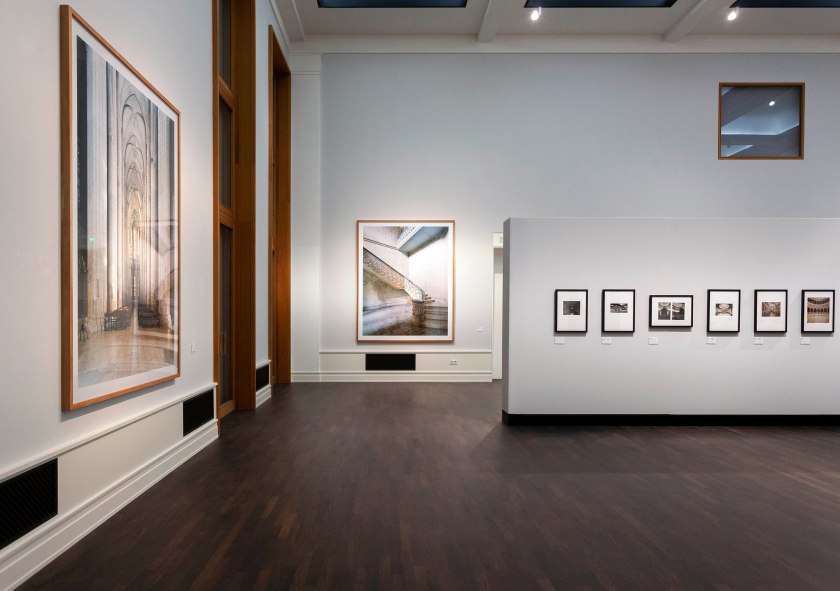






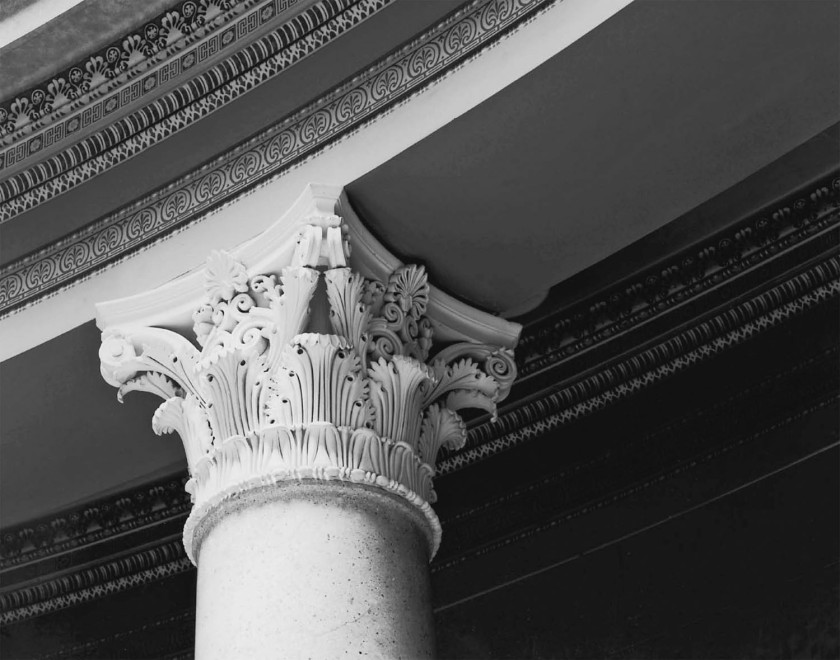




















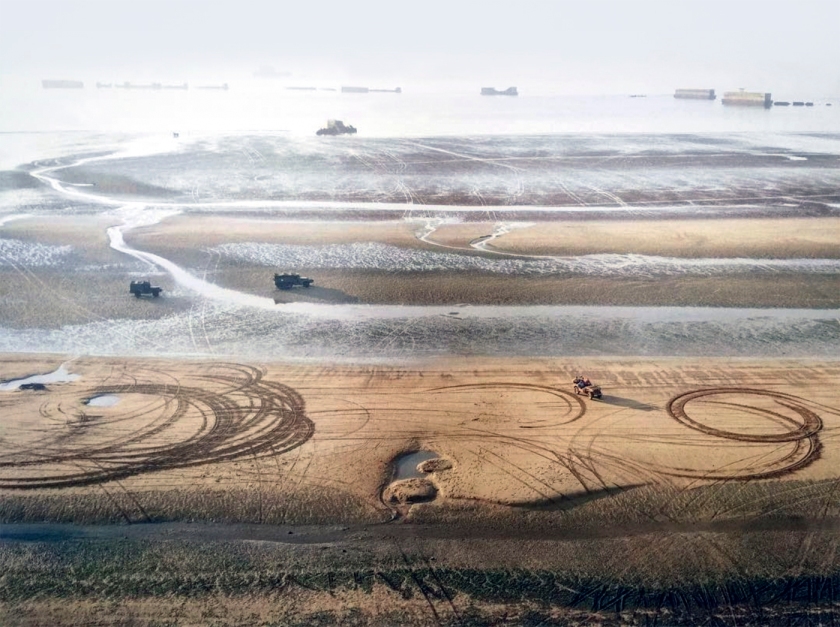
![Laurenz Berges. 'Garzweiler' [surface mine] 2003](https://artblart.com/wp-content/uploads/2009/08/laurenz-berges-garzweiler-web-1.jpg?w=840)
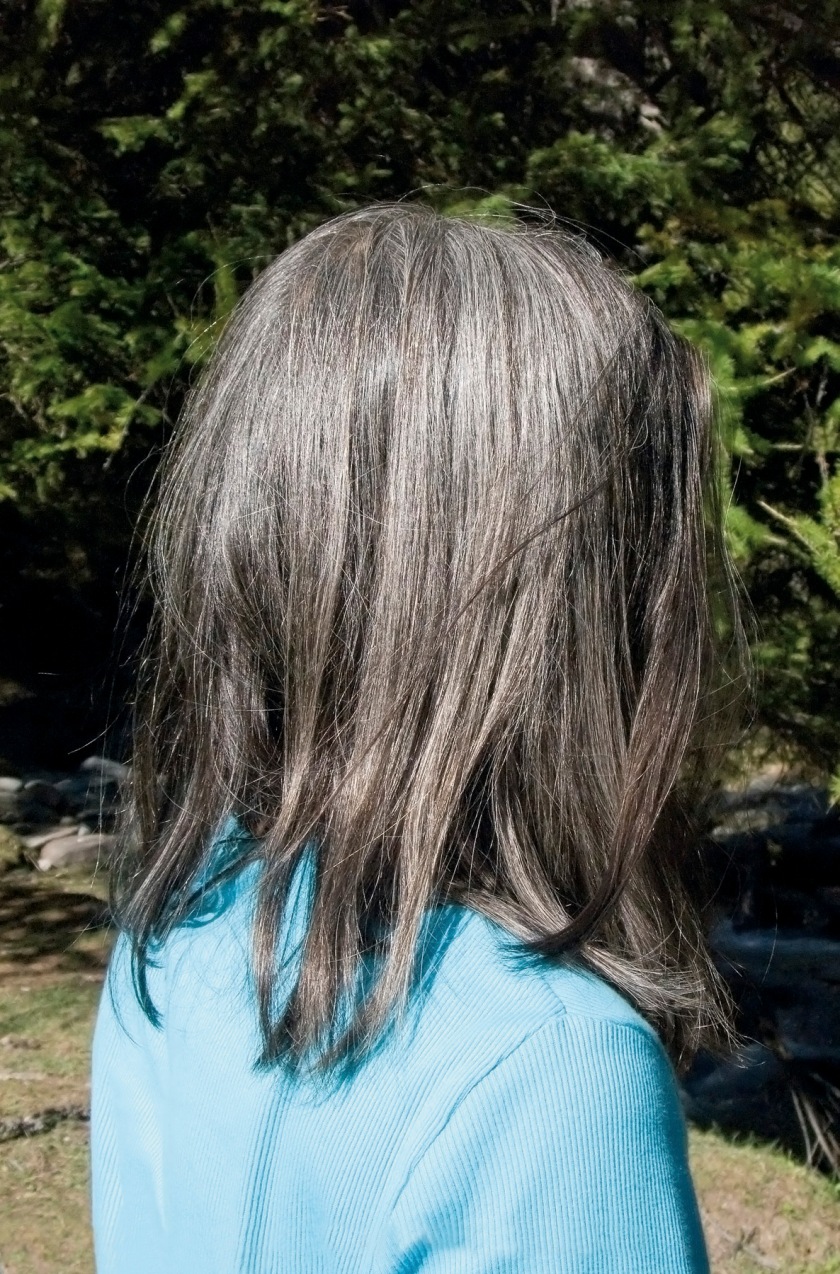
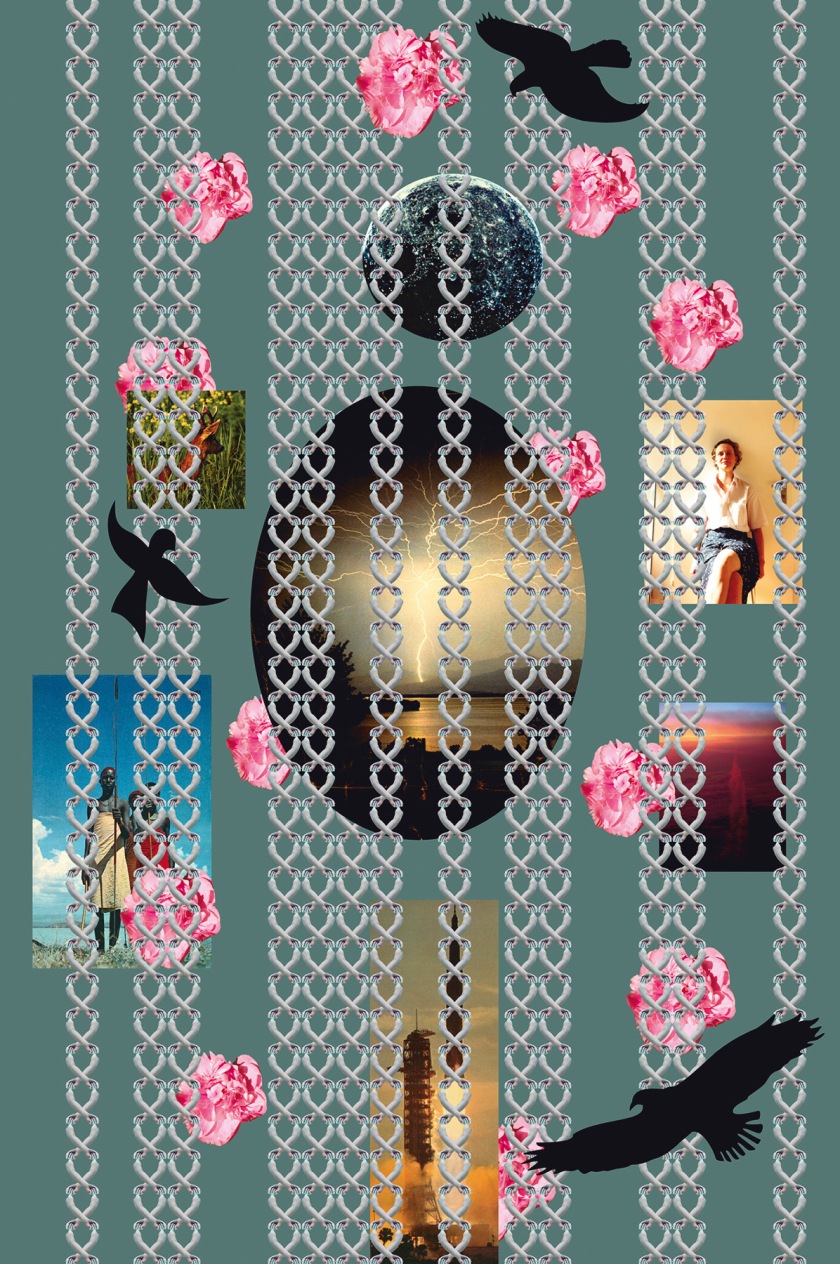

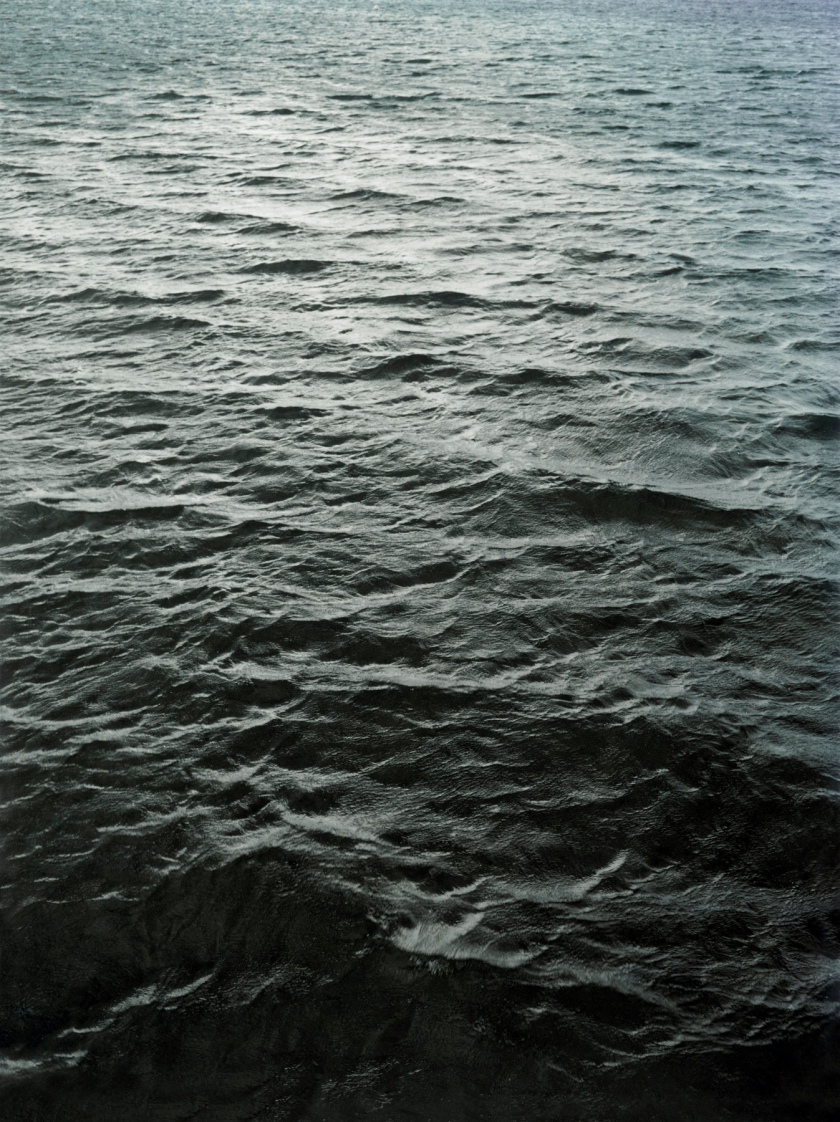


You must be logged in to post a comment.